Machine Learning
Introduction
These is a culminations of projects I worked on to complete the machine learning course by Andrew Ng on Coursera.
Projects
Linear Regression
Created a linear regression algorithm to predict profits for a food truck. The data that was given was profits and population of cities where the food truck was located. We will use this knowledge to help us decide where to open a new food truck location.
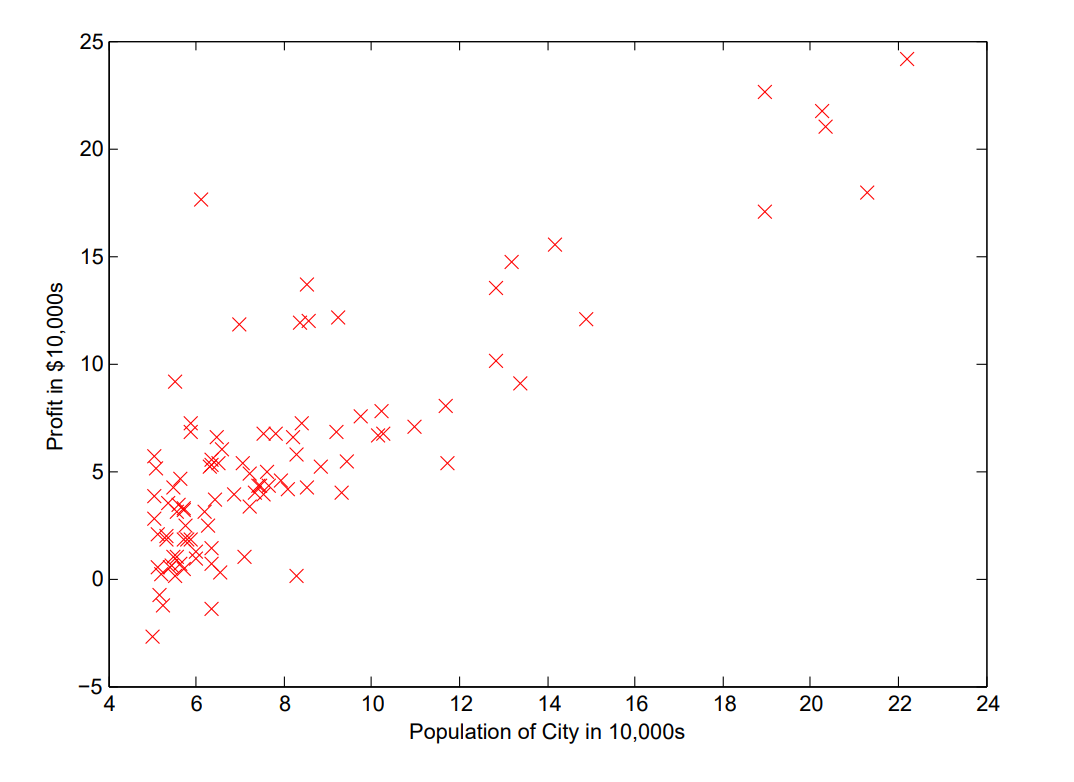
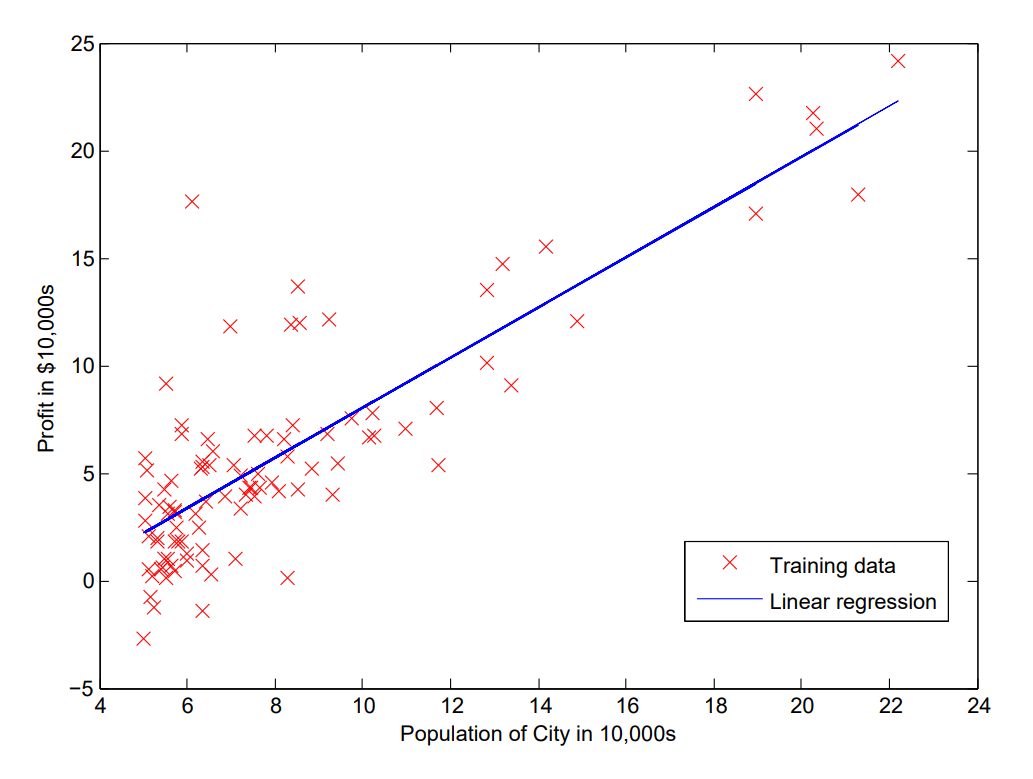
Logistic Regression
Implemented regularized logistic regression to predict whether microchips from a fabrication plant passes quality assurance (QA). During QA, each microchip goes through various tests to ensure it is functioning correctly. Have the test results for some microchips on two different tests. From these two tests, determine whether the microchips should be accepted or rejected. To help you make the decision, you have a dataset of test results on past microchips.

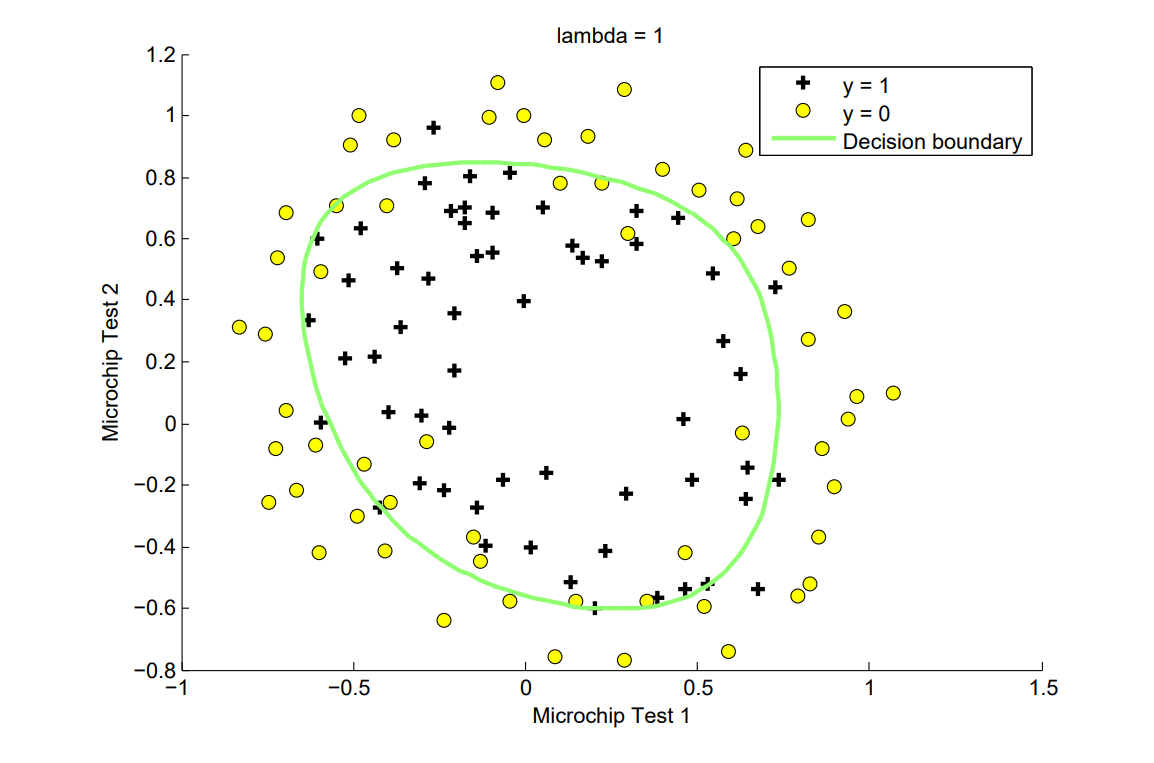
Multi-class Classification
Programmed a multi-class classification system to read hand written numbers and determine with high accuracy the number to help in determining address for the USPS.
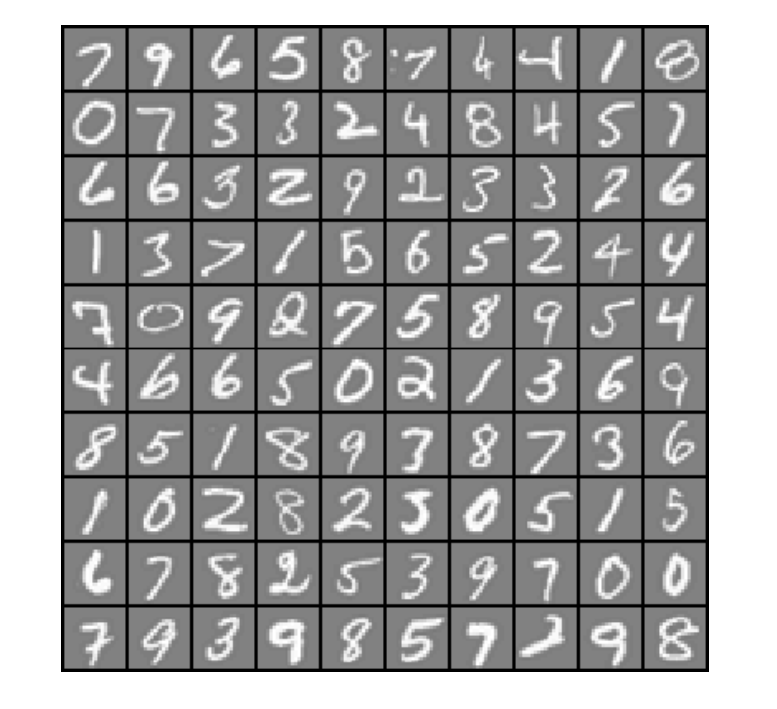

Neural Networks
Instead of using Linear Regression to help determine the numbers I created a Neural Network to help improve the effectiveness of the algorithm.




Regularized Linear Regression
Implemented regularized linear regression to predict the amount of water flowing out of a dam using the change of water level in a reservoir.
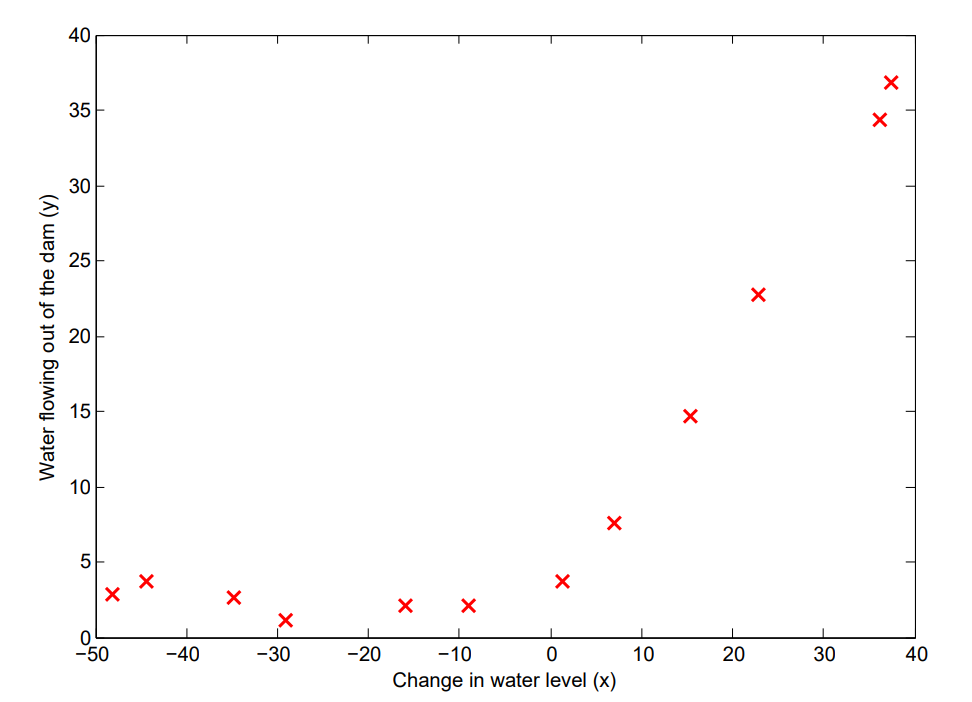
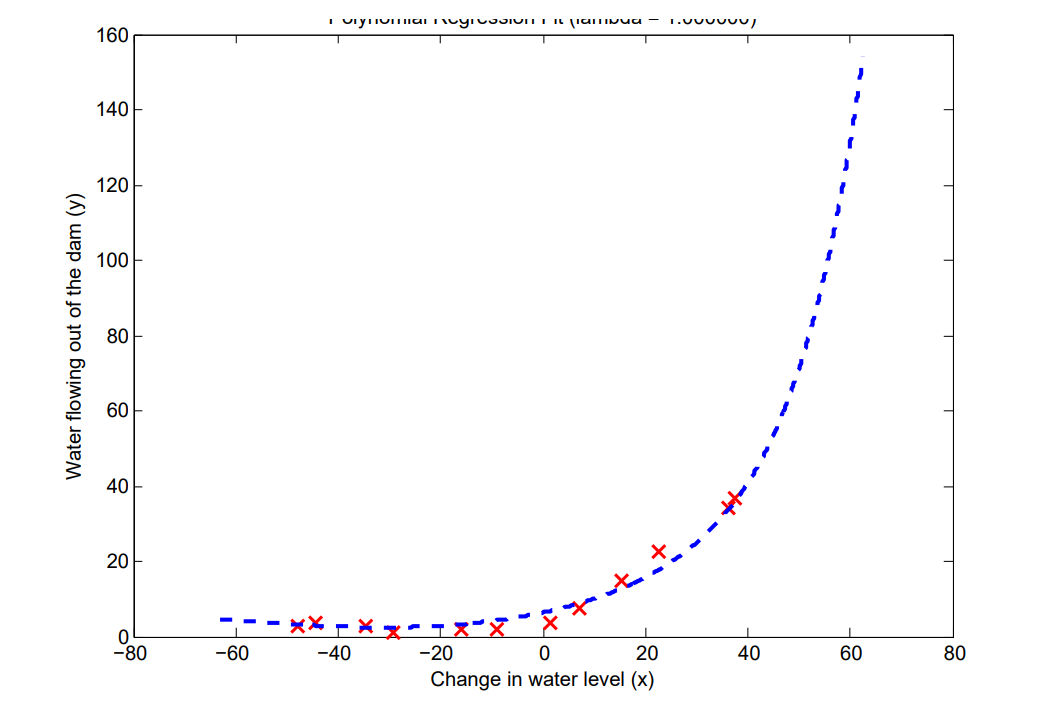
Support Vector Machines
Utilized a support vector machines (SVMs) to build a spam classifier. This is the type of algorithm that is used in services like gmail, outlook, or etc. These emails are then put in your spam inbox so you don’t have them clutter your inbox.
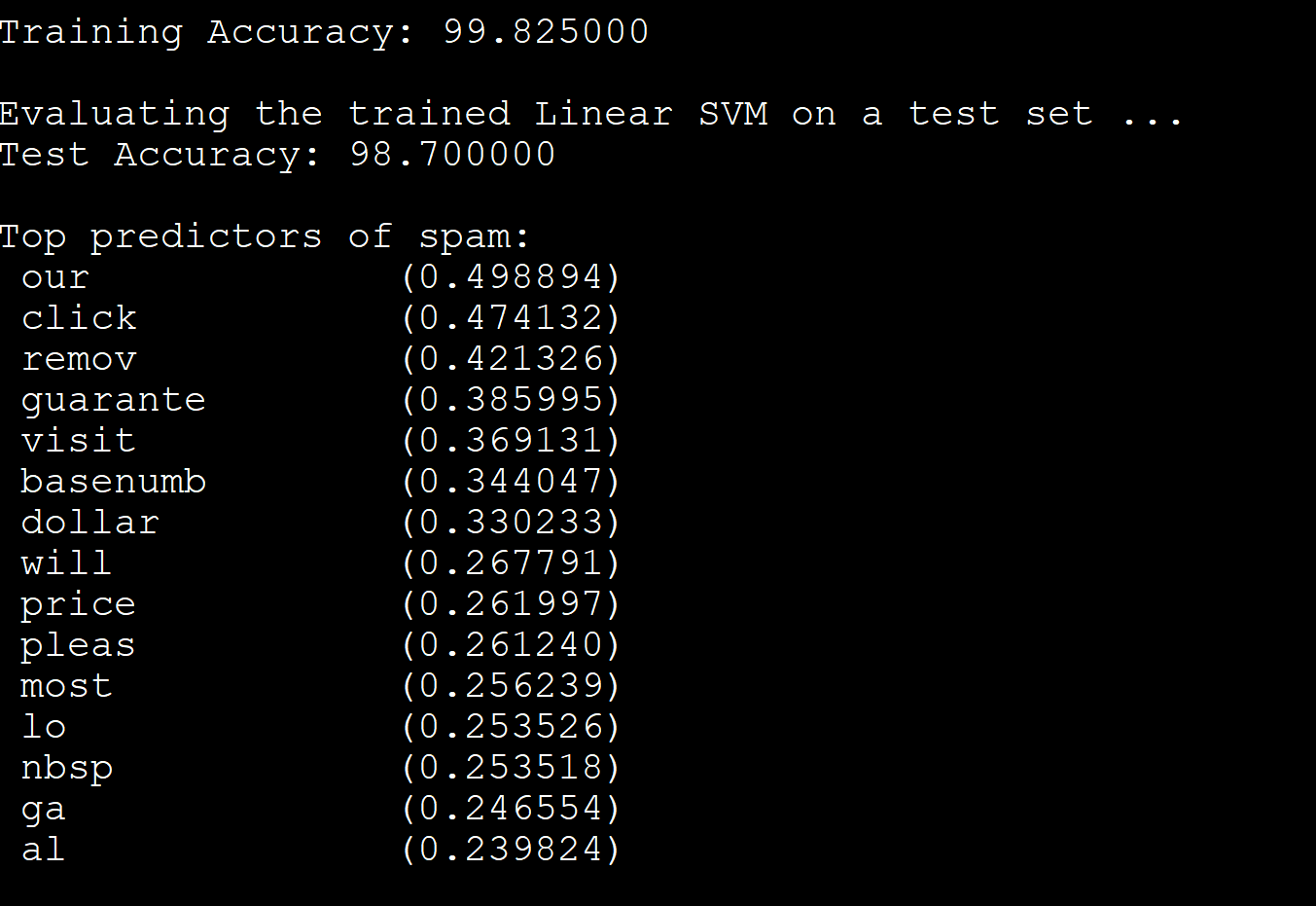

Recommender Systems
Created an algorithm similar to recommendation systems used in Netflix or YouTube to help show you videos that might interest you.
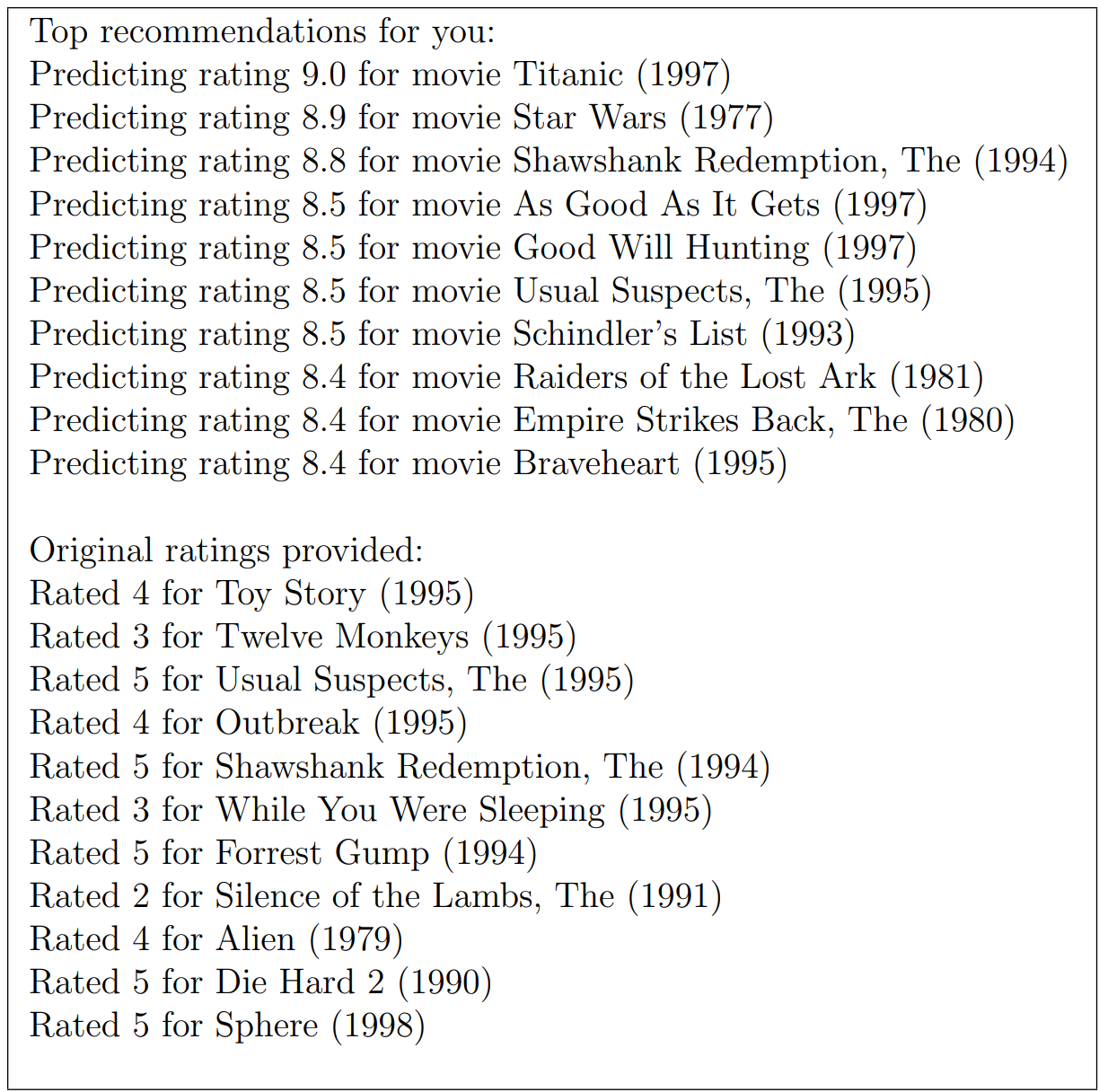
Certification
A picture of the certificate I achieved after completing the course on Coursera.

